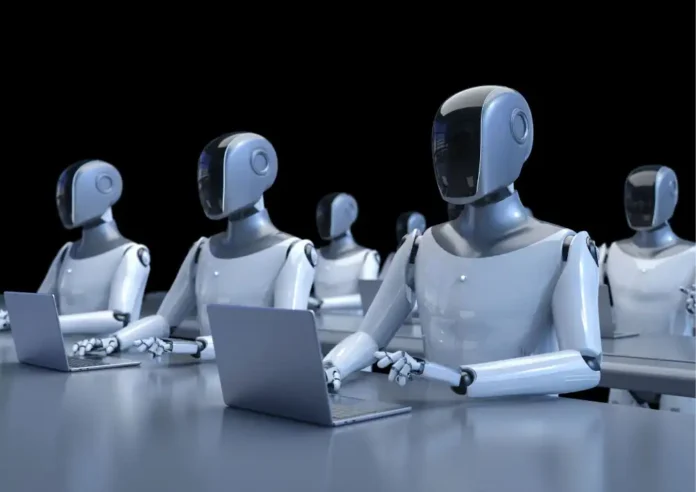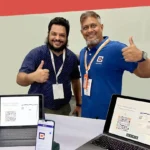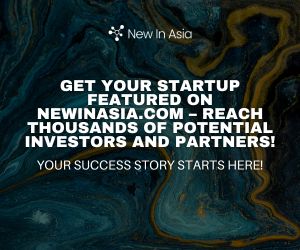Across Asia, from Singapore’s boardrooms to Jakarta’s call centers, a powerful shift is taking shape. It’s not economic collapse or a pandemic. It’s something quieter, but just as disruptive: AI workforce transformation in Asia. This is no longer a conversation about the distant future. AI is already restructuring how we work, what jobs matter, and…
RELATED ARTICLES
© NewInAsia.com 2025








